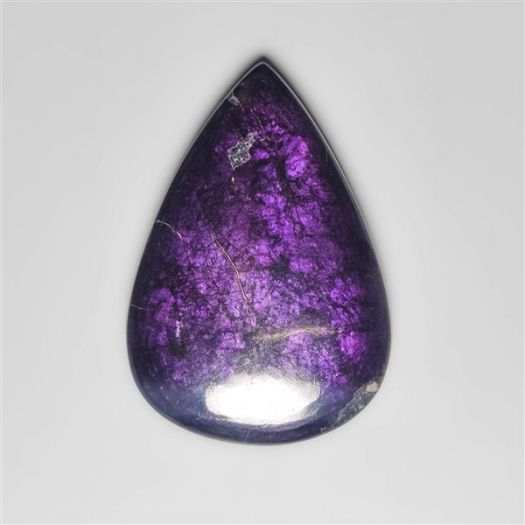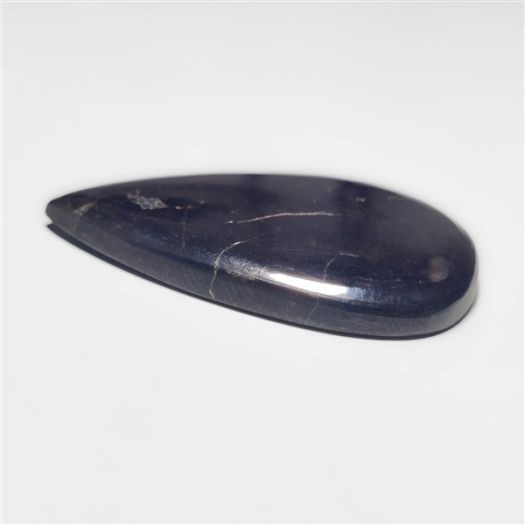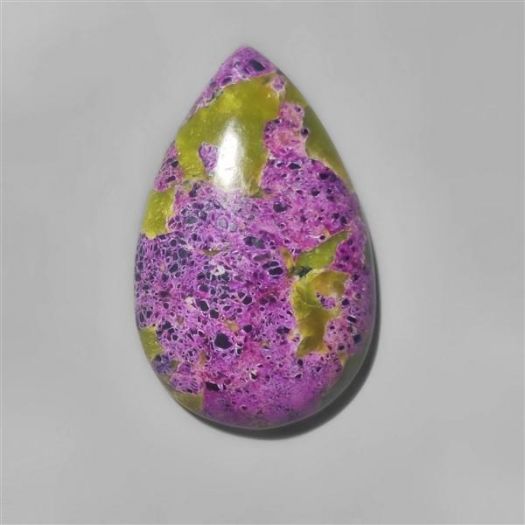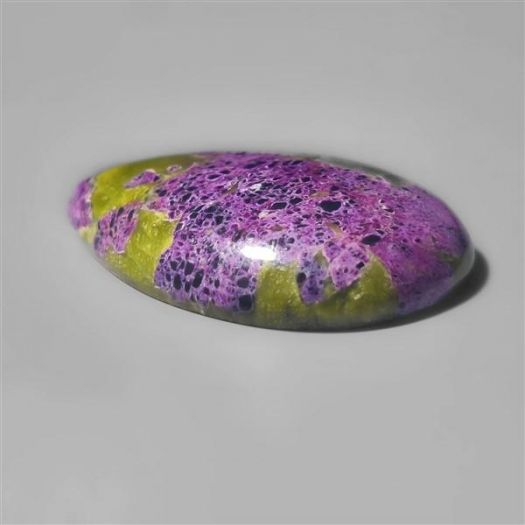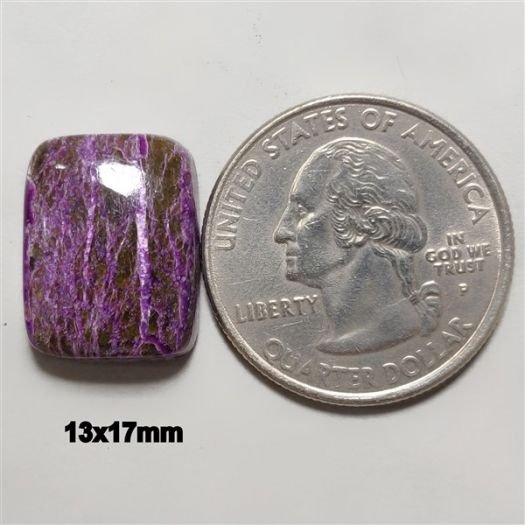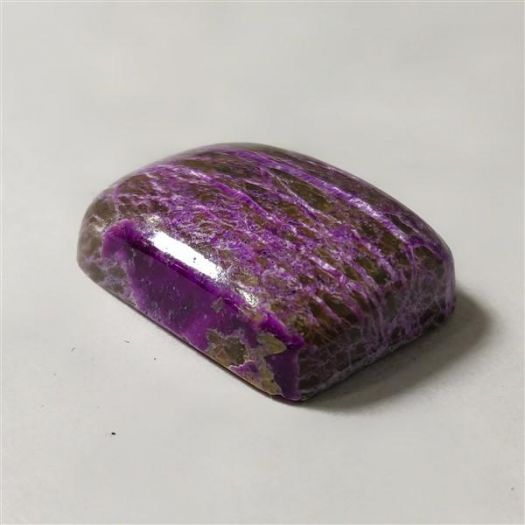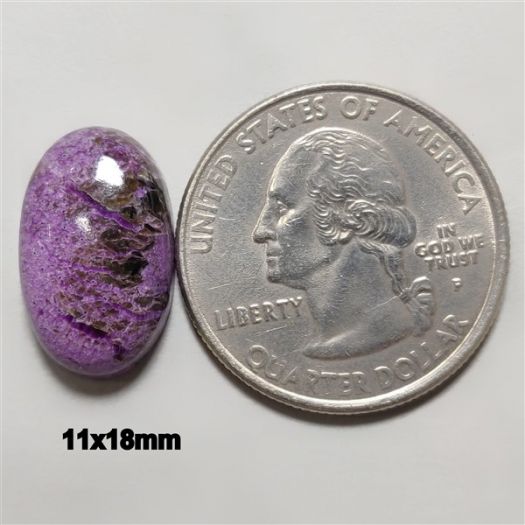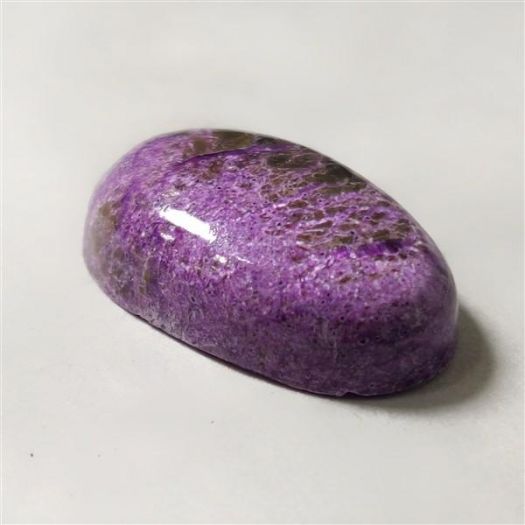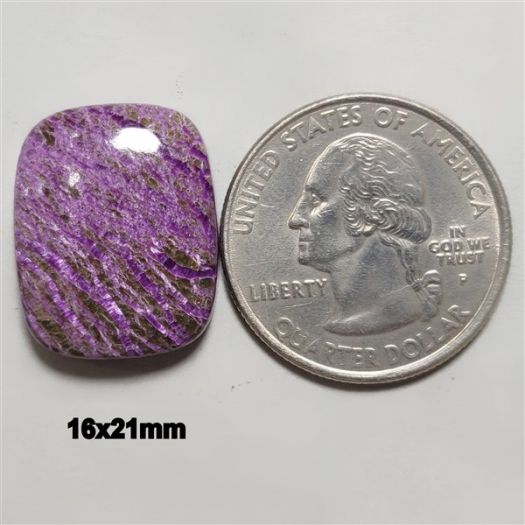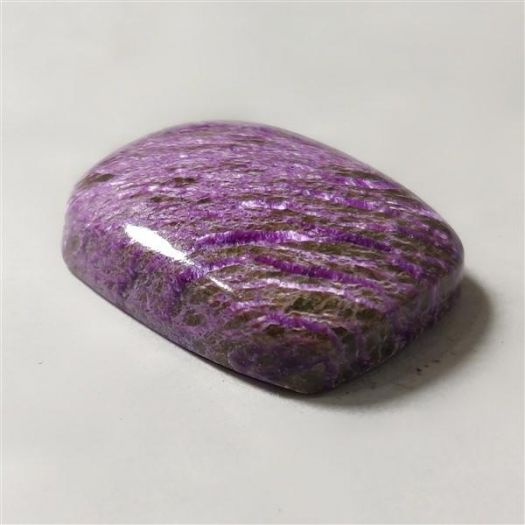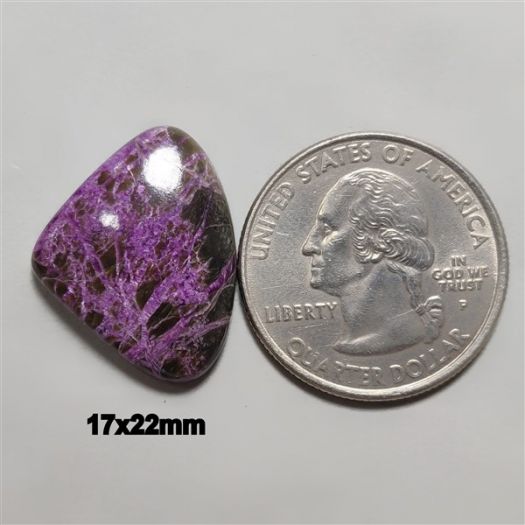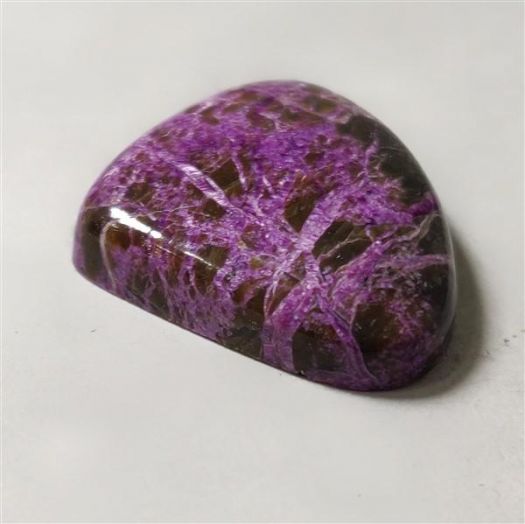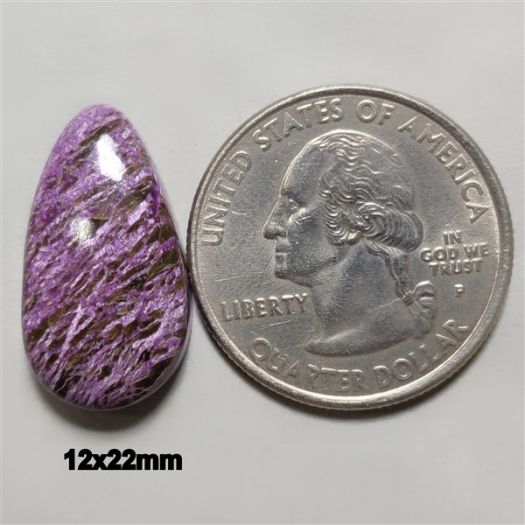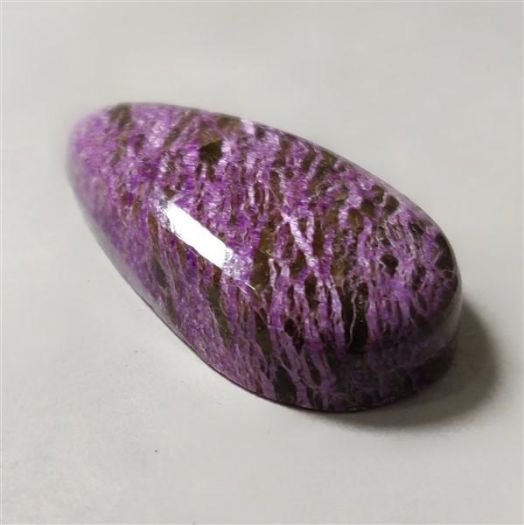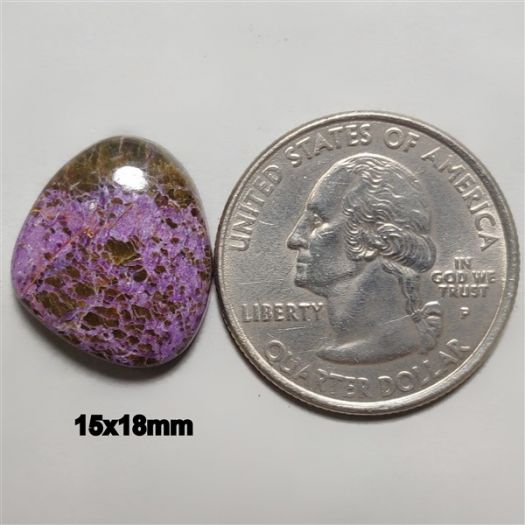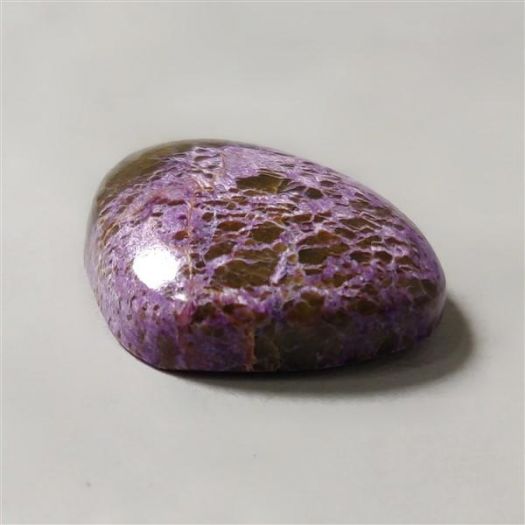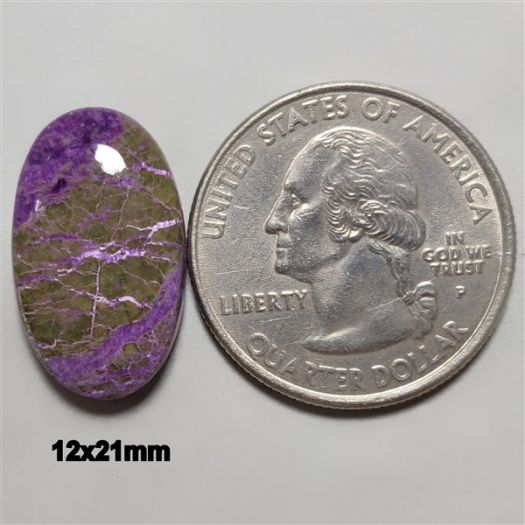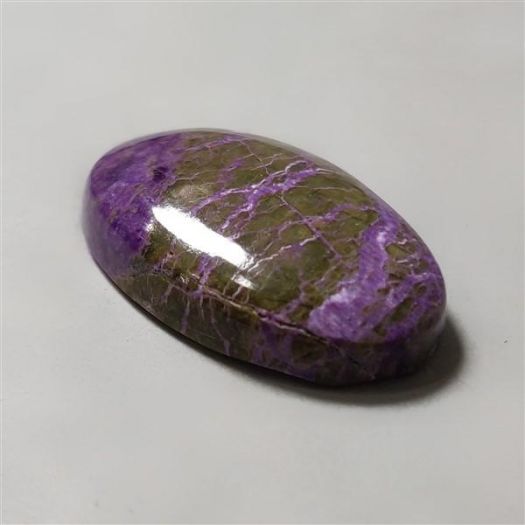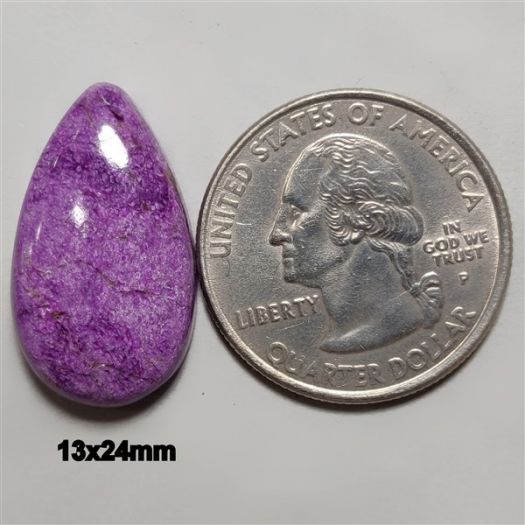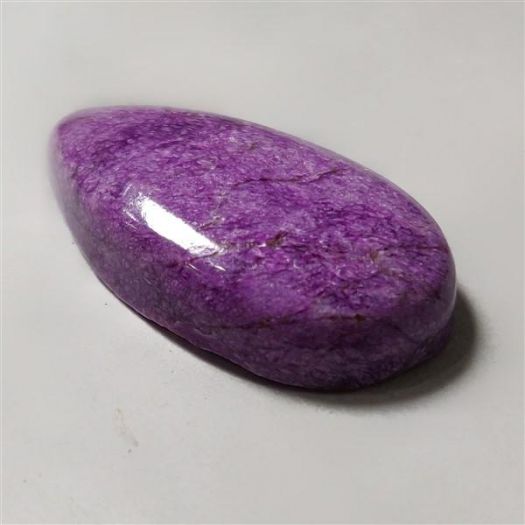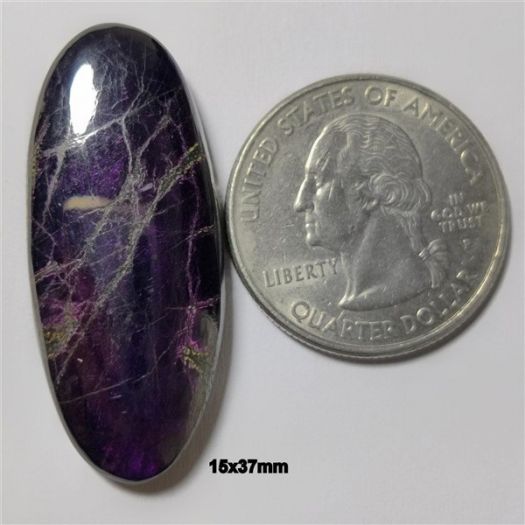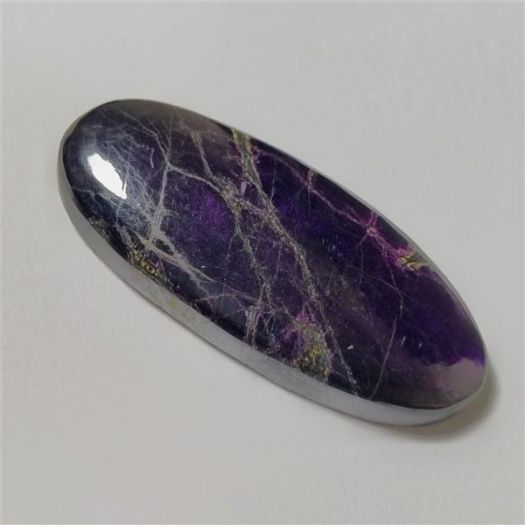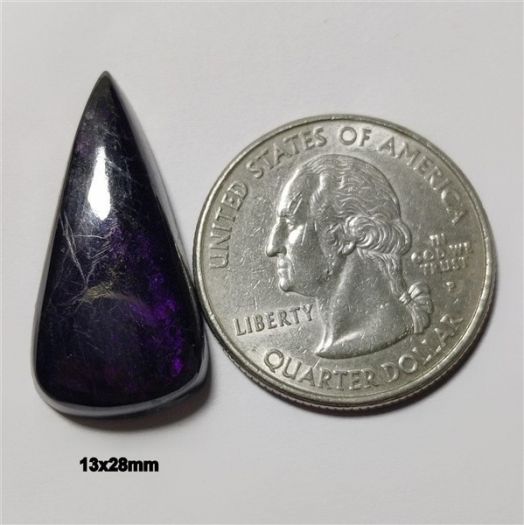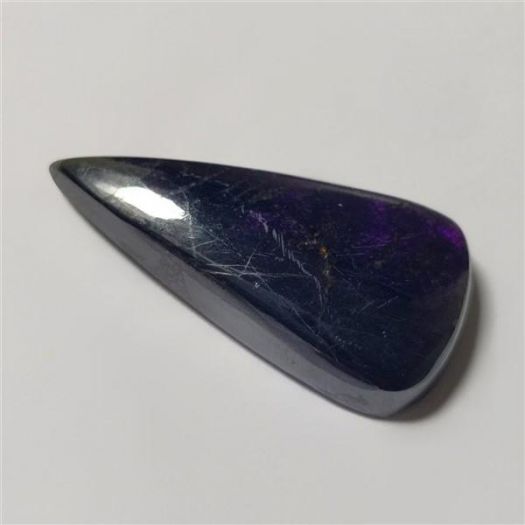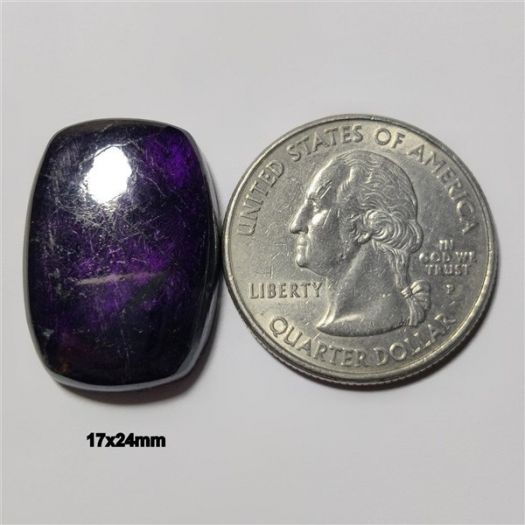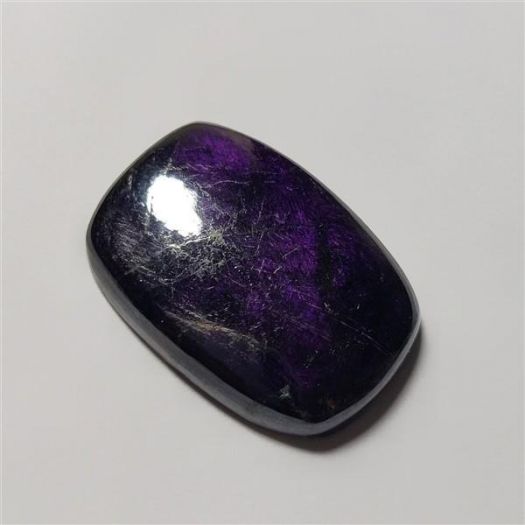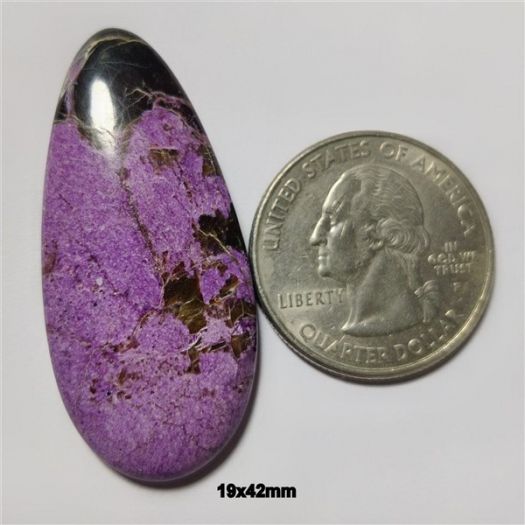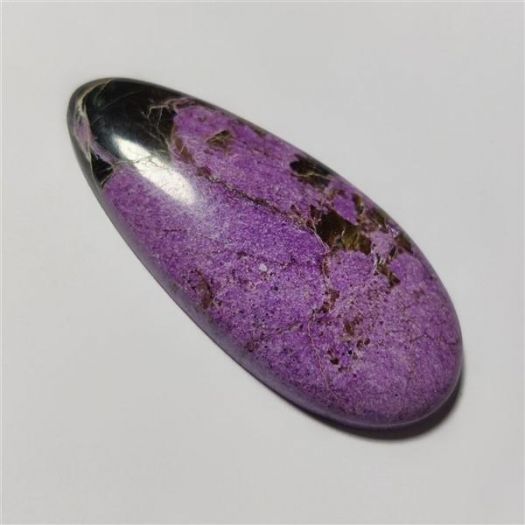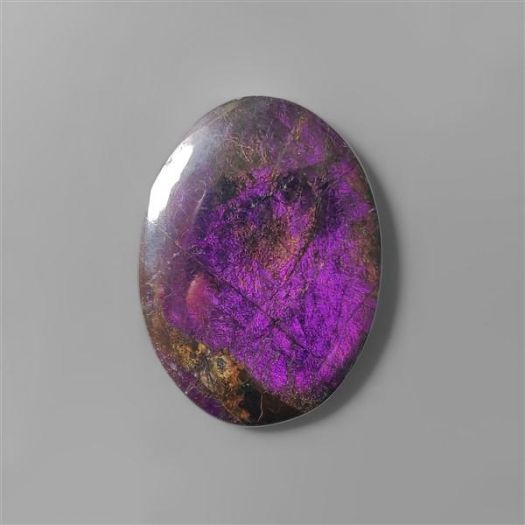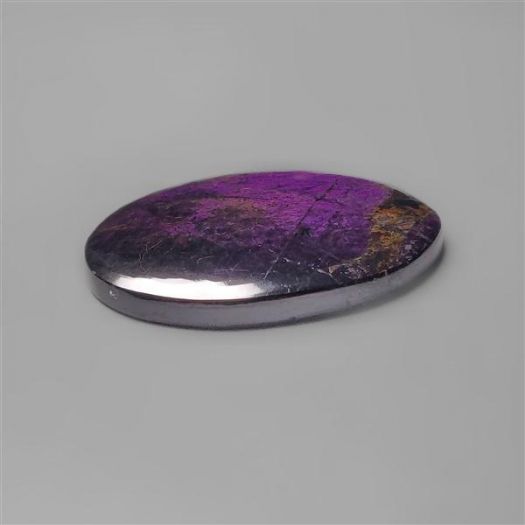Purpurite Gemstone For Sale at CabochonsForSale
Few gemstones in the rainbow of Earth's treasures have the entrancing charm of purpurite. This gem has earned its place among the most sought-after minerals in the world with its alluring purple hues and fascinating history. Purpurite gemstone hints at a world of beauty, mystery, and spiritual resonance from its beginnings in Australia's New South Wales to its metaphysical meaning and uses in jewelry. Come along with us as we set out to discover the wonders and mysteries of purplish gemstones.
Purpurite Meaning
The Latin word "purpura," which means "purple," is where the word "purpurite" originates. The unique and alluring purple tint of the gemstone is reflected in its etymology. The name pays appropriate homage to the main feature that distinguishes Purpurite from other gemstones, highlighting its vivid and majestic color.
Purpurite Origin and History
Purpurite was originally found in the mineral world in Broken Hill, New South Wales, Australia, in 1905. Even though purpurite doesn't have a long history, its aesthetic features have made it valuable ever since it was discovered. Purpurite's striking purple tones have long been connected to ideas of richness, spiritual significance, and grandeur. Purple gemstones were frequently kept for the affluent and regarded as status and power symbols in prehistoric cultures. Hydrothermal activity plays a major role in the Purpurite formation process. Mineral-rich fluids seep through rock fissures and crystallize over time to produce the unique Purpurite structures.
Purpurite has a position in many cultural contexts because of its vivid hue and rarity. Certain societies held the belief that purple gemstones, such as purpurite, had medicinal and protective qualities. Their use in jewelry, talismans, and ritual objects was influenced by these ideas.
Purpurite Properties and Characteristics
Colors: Purpurite's captivating variety of purples is without a doubt what makes it unique. This gemstone displays a variety of purple tones, from light lavender tones to rich, royal purples. The amount of manganese present, the primary component that gives it its distinctive Purpurite color, can have a significant impact on the color's intensity.
Crystal Form: Purpurite usually crystallizes as a monoclinic structure, which can result in tabular or prismatic shapes. The gemstone's surface is illuminated by an eye-catching play of light produced by these crystal formations. The size and fragility of the Purpurite crystals themselves can vary based on the particular geological conditions under which they developed.
Transparency and Luster: Purpurite is well known for having a vitreous to pearly luster that gives its surface a soft sheen. Certain specimens may have a high degree of transparency, meaning that light may pass through, whereas other specimens might be opaque or semi-translucent. The gemstone's mystique and adaptability are enhanced by this variety.
Durability and Hardness: Purpurite on mohs scale has a hardness between 4.5 and 5 on the Mohs scale. Purpurite is therefore more valuable than more fragile gemstones like fluorite, although it should still be handled carefully to prevent scratches and other damage. To avoid abrasion, Purpurite should be stored apart from tougher objects, just like any other gemstone.
Purpurite Inclusions: Occasionally, inclusions—tiny flaws or foreign objects trapped inside the gemstone during its formation—may be seen in purpurite. These inclusions, which give each specimen a distinct personality, might be anything from tiny cracks to tiny mineral crystals. They add to the uniqueness and inherent beauty of the stone, even when they sometimes obscure clarity.
Purpurite Types
There are various types of purpurite, like Natural Purpurite, Botryoidal Purpurite, Crystalline Purpurite. Purpurite specimens also include Aggregated Clusters, Translucent Varieties, Cabochons, Rough Specimens, Matrix Specimens, and more.
Purpurite Metaphysical Properties
Many purpurite healing properties are thought to have resonances with the spiritual and energy domains. Among these qualities are:
Enhanced Meditation Techniques: To help achieve deeper states of attention, insight, and spiritual awareness during meditation, many people employ purpurite.
Purpurite Uses
Purpurite has several uses in the field of gemology because of its alluring purple hues and special metaphysical qualities. Because of its captivating color, Purpurite jewelry creates stunning pieces like pendants, rings, and earrings that provide a touch of regality to any ensemble.
Beyond decoration, purpurite holds great spiritual significance as it is thought to strengthen intuition and promote a closer relationship with the higher planes and one's inner self. It is frequently employed as a meditation aid, supporting the development of insight and spiritual advancement. Purpurite is also a valued addition to gemstone collections due to its scarcity and alluring aesthetics; enthusiasts and collectors seek it out for its distinct beauty and ethereal appeal.
Conclusion
The qualities and traits of purpurite create a striking image of a gemstone that is both aesthetically pleasing and spiritually meaningful. It is an extremely fascinating and alluring gemstone because of its variety of colors, crystal formations, and metaphysical connotations. If you are looking to Buy Purpurite Gemstone, then look no further than CabochonsForSale. Get high quality gemstones at wholesale prices.

